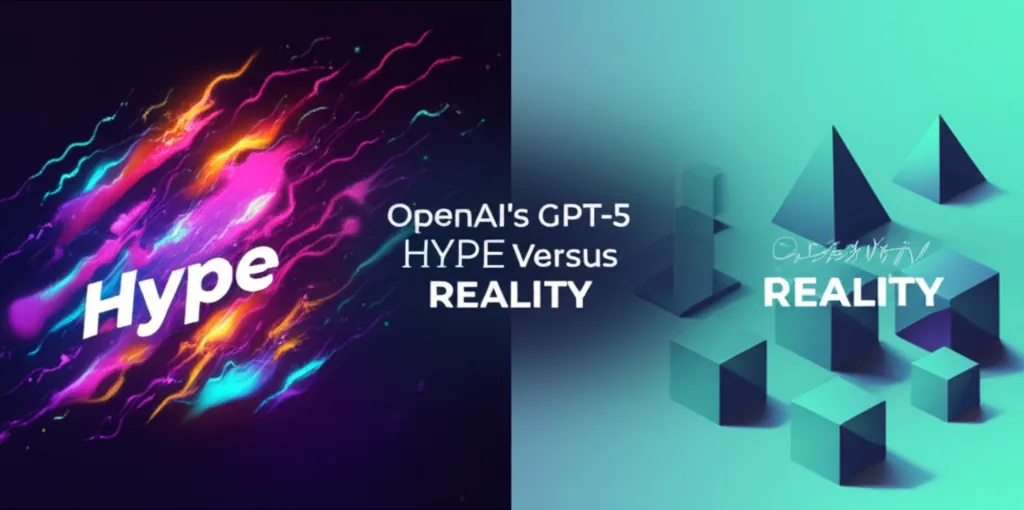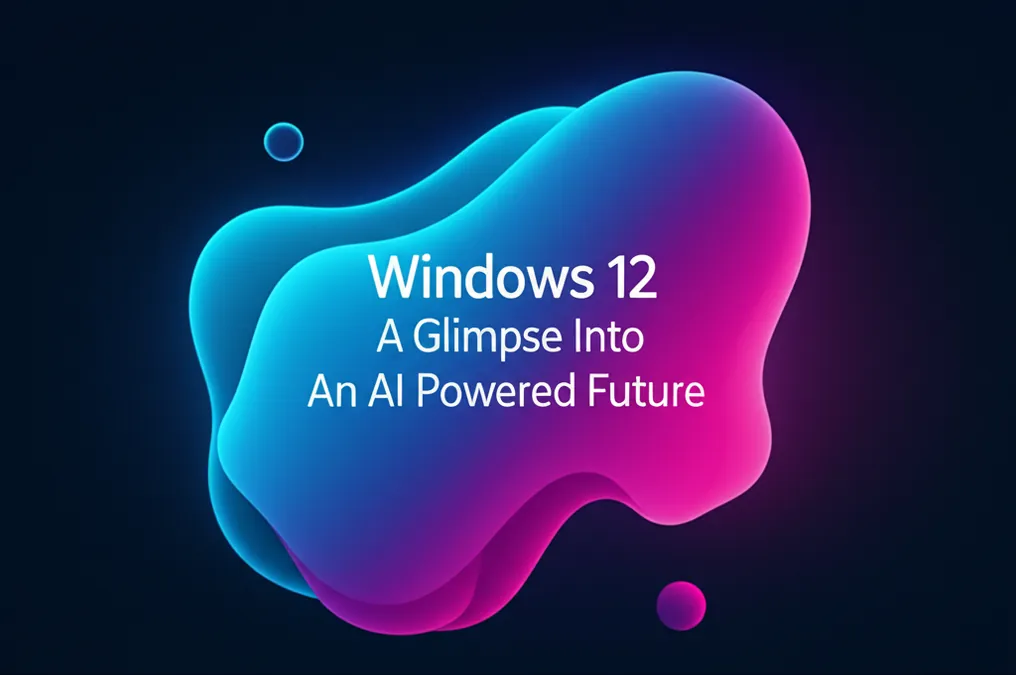Developer Offer
Try ImaginePro API with 50 Free Credits
Build and ship AI-powered visuals with Midjourney, Flux, and more — free credits refresh every month.
Why Sam Altmans Vision for AI Imagery Is Dangerously Flawed
OpenAI CEO Sam Altman recently suggested that traditional photographs and AI-generated imagery are on a path to convergence. For someone whose intellect is so widely celebrated, this statement reveals an alarming lack of understanding about photography's role in society and the profound implications of this AI-driven shift.
The Blurring Line Between Real and Artificial
In an interview, Altman referenced a viral video of bunnies on a trampoline, which was later revealed to be AI-generated. He argued that the standard for what we consider "real" is constantly shifting, comparing it to the fantasy of sci-fi movies or edited vacation photos. "It’s just going to gradually converge," he stated, a point that was not challenged further. This unexamined acceptance of a future where reality and fabrication merge will have massive consequences for the internet and society at large.
Why Authenticity Matters More Than Reality
A Samsung executive once defended the company's generative editing tools by claiming that “there is no real picture” in the digital age. He argued that from autofocus to scene optimization, digital images are already filtered facsimiles of reality. While this is technically true, it misses the entire point. As consumers, we place immense value on authenticity. The bunny video is a perfect example. We initially shared in the glee of a spontaneous, joyful moment. When it was revealed as fake, the shared experience vanished, and the footage became worthless AI slop. The pixels didn't change, but their value was destroyed because the human connection was severed.
The Human Experience in Art
There's a reason you can love an image and then hate it after learning it's AI-generated. The value of human art is tied to the human experience behind it. We appreciate a photograph of a misty mountaintop because we understand the dedication it took—the photographer hiking before dawn, braving the elements, and feeling a sense of awe. The image conveys a part of that experience. By contrast, an AI-generated mountaintop is empty. No one struggled, no sublime moment was felt, and therefore, nothing of true value was created. This is the crucial distinction that Altman either fails to see or chooses to ignore, dismissing concerns with superficial hand-waving.
Generative AI as Digital Acid Rain
We are ushering in an era that destroys the value of imagery and, by extension, undermines the value of human experience. A recent viral tweet aptly described generative AI as “digital acid rain, silently eroding the value of all information”. Soon, every image we see will be a potential vector for deception. When you can’t trust anything, you can’t value anything. This digital slurry of disinformation and derivative content flattens the rich tapestry of human expression into a gray, algorithmically optimized sludge.
AI Boosterism Is Hiding the Truth
AI will undoubtedly change our world, but the tech industry and its compliant media partners have a vested interest in glossing over the negatives. The cracks in the AI hype are already showing, with OpenAI’s latest demos failing to impress and headlines about AI companies struggling to achieve their goals becoming more frequent. We need journalists to ask more pressing questions. Perhaps Sam Altman knows exactly what a photograph is. He’s just hoping you don’t, so you won’t start asking the difficult questions about the future he is building.
Compare Plans & Pricing
Find the plan that matches your workload and unlock full access to ImaginePro.
| Plan | Price | Highlights |
|---|---|---|
| Standard | $8 / month |
|
| Premium | $20 / month |
|
Need custom terms? Talk to us to tailor credits, rate limits, or deployment options.
View All Pricing Details

